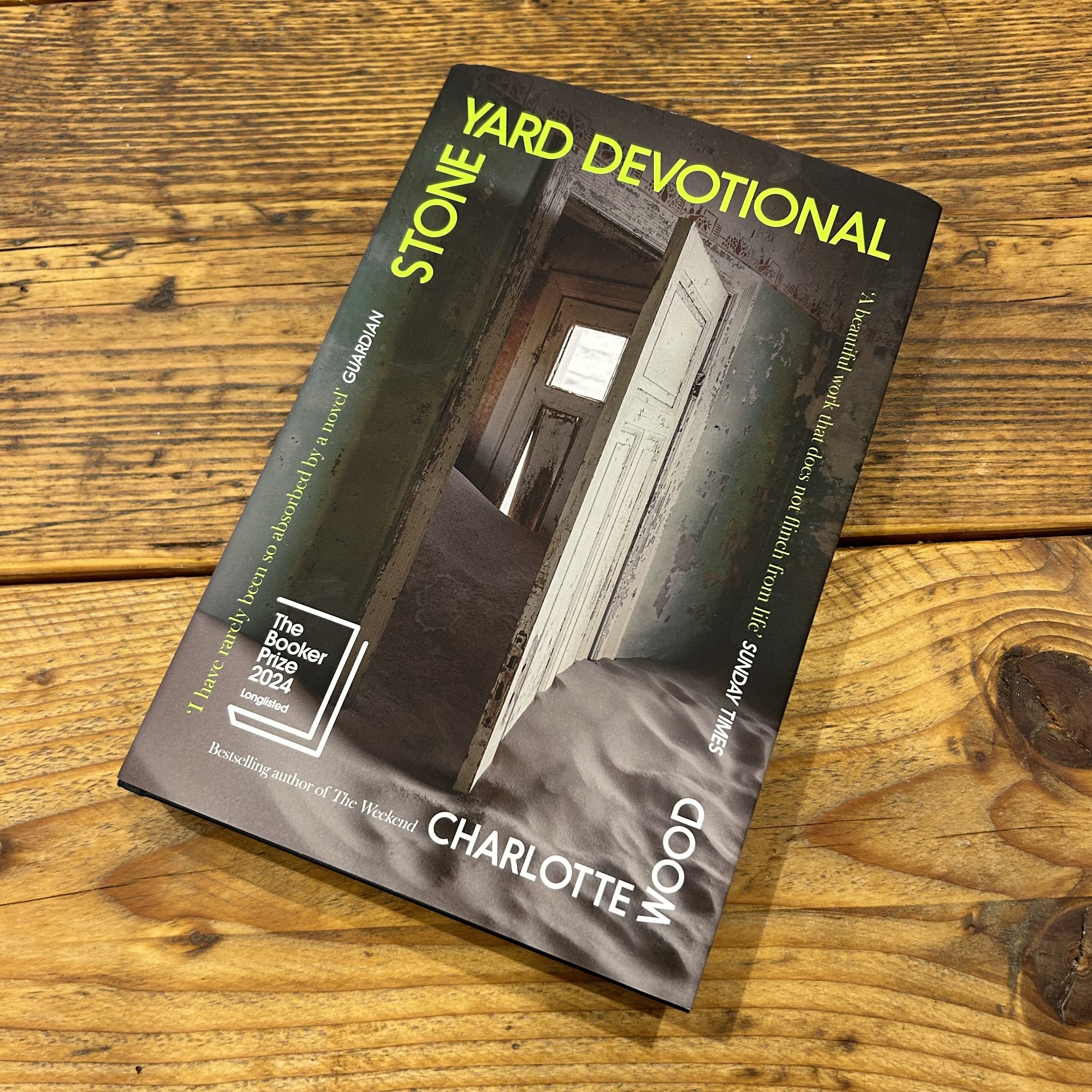
The Möbius Book (2025)
The Möbius Book is a neither straightforwardly Lacey’s fifth novel, nor entirely not. It is a work in two parts, one ostensibly fiction and the other memoir, in its printed form designed to be read in whichever order the reader chooses, with neither presented as the ‘correct’ choice. In the the digital ARC I read, the first part is the fictional narrative, which concerns two friends - Marie and Edie - who meet at the former’s flat in the wake of their respective painful breakups (Marie with her ex-wife K, with whom she co-parented two children; Edie from an abusive partner), both choosing to ignore the blood seeping through Marie’s neighbour’s door.
Nobody’s Empire (2024)
Nobody’s Empire is openly autobiographical, with its central character Stephen acting as almost entirely un-veiled substitute for Murdoch himself. Following a teenhood filled with relative popularity (as a DJ and promoter on the vibrant Glasgow music scene of the 1980s) and activity, we find Stephen in the early 90s, having recently split from a girlfriend and given up on a degree, both having proved incompatible with his recent diagnosis with ME / Chronic Fatigue Syndrome. He spends his days alternating between rest and limited social interactions, largely with his housemate Richard and friend Carrie, both of whom also suffer from the same condition.
Stone Yard Devotional (2023)
Stone Yard Devotional begins with its nameless female narrator attending a retreat at a nunnery close to her rural New South Wales childhood hometown. We learn that after several visits, she has decided to live at the nunnery permanently. Ostensibly a reaction to the grief caused by the early death of her mother, her decision to retreat from society seems to be based more broadly on her ‘giving up’ on the modern world and the passions and causes she followed in her previous life( in which she was clearly passionately committed to charity and a degree of activism) in favour of a simpler, quieter life. We learn that in this process she has ended a long-term relationship.
Cuddy (2023)
Cuddy begins with the death of its eponymous hero, St. Cuthbert of Lindisfarne, in 687, and thereafter takes us on a wild and eclectic ride through the centuries, giving us an alternative history of the North-East of England , over which the venerated saint’s influence looms large. Casting an equally grand shadow over the novel is Durham Cathedral, Cuddy’s burial place. The novel is split into four sections and an interlude, the first of which (‘Saint Cuddy’, taking place in 995) follows a band of monks as they carry the saint’s corpse around the North for decades (his body having been evacuated from the island of Lindisfarne in order to protect it from desecration by invading Danes).
The Lacuna (2010)
The Lacuna focuses on the life of the fictional author Harrison Shepherd, beginning with his childhood in Mexico in the 1930s and taking us through to the 1950s., interacting with significant moments and characters of historical significance along the way. We learn early on that he has kept diaries for much of his life, albeit with some important gaps (one of the lacunae that the title alludes to) and while the narrative is largely told through his diaries, it is mediated by a curatorial presence, the initially mysterious “VB”, and also punctuated by press clippings both real and invented.
Home (2009)
Home is not a straightforward sequel to Robinson’s much-feted Gilead, but more of a companion piece, looking at a similar time period from different perspectives. In it, she shifts the focus to John Ames’ lifelong friend and friendly adversary in religious discussion, the Rev. Robert Boughton. It focuses primarily on three characters: the Rev. Boughton himself, who is aging and sick, and reflecting on his life and that of his family; his daughter Glory (probably the primary focus of this one) who has returned home in her late 30s, ostensibly to help him; and his ‘prodigal son’ Jack who arrives a little way into the novel following an absence of around twenty years.






